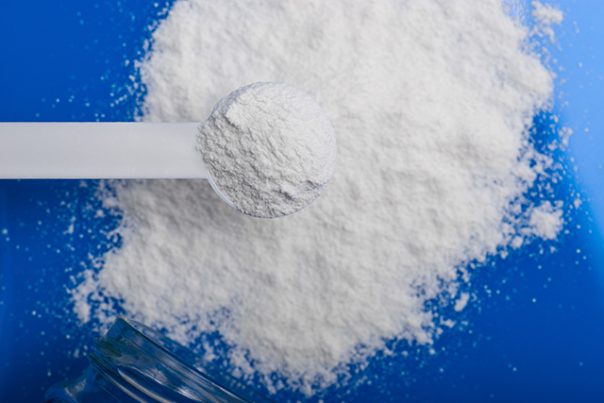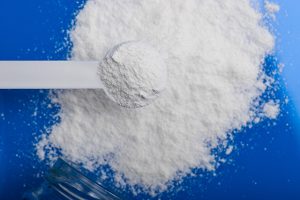
Sodium hydroxide sources, health risks
Wednesday, October 11, 2017 by Frances Bloomfield
http://www.naturalpedia.com/sodium-hydroxide-sources-health-risks.html

Sodium hydroxide, also known as caustic soda or lye, is a solid, white, inorganic compound known for being the cheapest and most used strong alkali. Instead of being a naturally occurring compound, sodium hydroxide is a byproduct of the chlorine manufacturing process, specially when rock salt is used as a solution.
There are many uses for sodium hydroxide. One of its most frequent application is as an ingredient in industrial cleaners and solvents, like those being used to strip floors and clean bricks and cement. Drain cleaners, hair straighteners, metal polishers, oil dispersants, and some colognes all make use of sodium hydroxide as an ingredient.

Harmful effects that can be caused by sodium hydroxide
As a highly corrosive substance, both the solid and solution forms of sodium hydroxide can be dangerous the eyes and skin. At minimal exposure, sodium hydroxide can irritate the skin and eyes and lead to burning and hives. Direct skin contact can lead to thermal and chemical burns that can become deep-tissue injuries if no immediate medical assistance is provided. Concentrated solutions of sodium hydroxide can break down the proteins in the eyes and bring about severe eye damage or blindness in the most severe cases.
Sodium hydroxide can come in dust, mist, or aerosol forms, all of which can irritate the mucus membranes of the respiratory tract, throat, and nose. Once in the throat, sodium hydroxide can cause the throat to swell and make breathing difficult. Inhaling higher concentrations of sodium hydroxide can lead to fluid build-up in the lungs, in turn increasing the risk for bronchitis and permanent lung damage. This is because sodium hydroxide can hydrolize proteins and kill tissue cells in sufficient amounts and concentrations. As such, people with asthma or emphysema, a lung condition that causes shortness of breath, are advised against handling sodium hydroxide.
Ingesting sodium hydroxide can severely burn the lips, tongue, throat, and stomach. Those who’ve ingested sodium hydroxide can experience abdominal pain and diarrhea, and have bloody stool along with the constant need to vomit. Consumption of sodium hydroxide has been found to impact the heart and blood as well, and can lead to sudden changes on blood pH, rapidly developing low blood pressure, collapse, and shock. Children are the ones most at risk when sodium hydroxide has been ingested because their digestive systems are unable to produce gastric acid of sufficient quantity nor strength to counteract the effects of the compound.
Sodium hydroxide has been linked to esophagal cancer. However, the cancer was found to have manifested in the affection persons at least a decade after exposure. Moreover, rather than being a direct cause of the cancer, sodium hydroxide had been found to amp up the susceptibility to cancer through scar formation and tissue destruction. As such, sodium hydroxide has not been categorized as a human carcinogen.
Body systems harmed by sodium hydroxide
Sodium hydroxide targets the skin, eyes, respiratory and digestive systems. While dangerous, sodium hydroxide is not known to cause systemic toxicity or damage to other parts of the body. It produces damage on contact and acts quickly because of its corrosive nature, but it’s a substance that impacts only a few body parts and systems.
Where to learn more
- Kraft Foods factory evacuated after workers botch chemical recipe, create ‘poisonous cloud’
- Natural dental products: Tooth Soap, Dental Miracle, Weleda and more
- Your Daily Additives – MSG
- Chemicals.news
- MSG.news
Summary
Sodium hydroxide is a corrosive compound that can be hazardous to human health. It can harm the respiratory and digestive systems, as well as the eyes and skin, and has been known to cause permanent damage to any of these body systems and parts if no immediate medical assistance is given. Furthermore, sodium hydroxide can cause bronchitis, deep-tissue injuries, blindness, and shock. Though not a carcinogenic substance per se, sodium hydroxide can make an individual more susceptible to developing certain types of cancers, though the effects can take a long time to manifest.
Sources include:
Tagged Under: Tags: Sodium hydroxide





